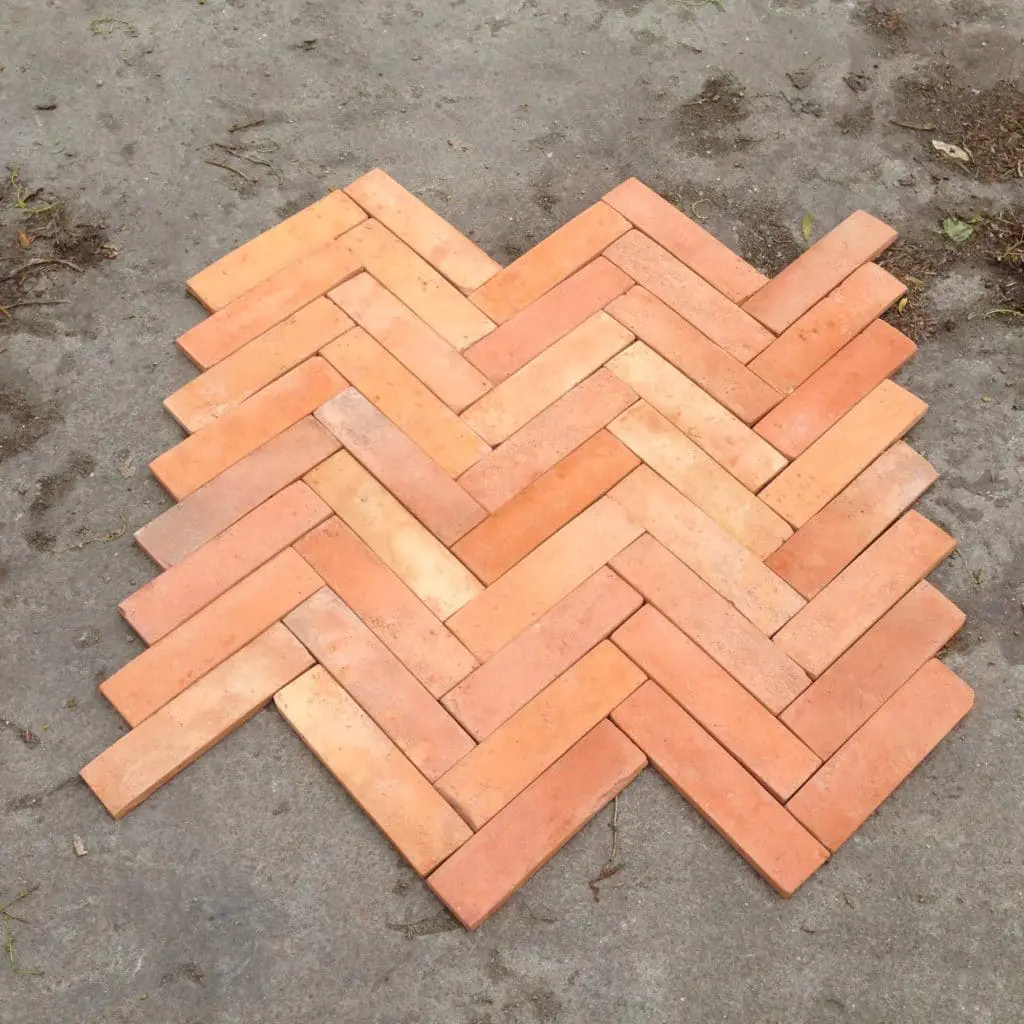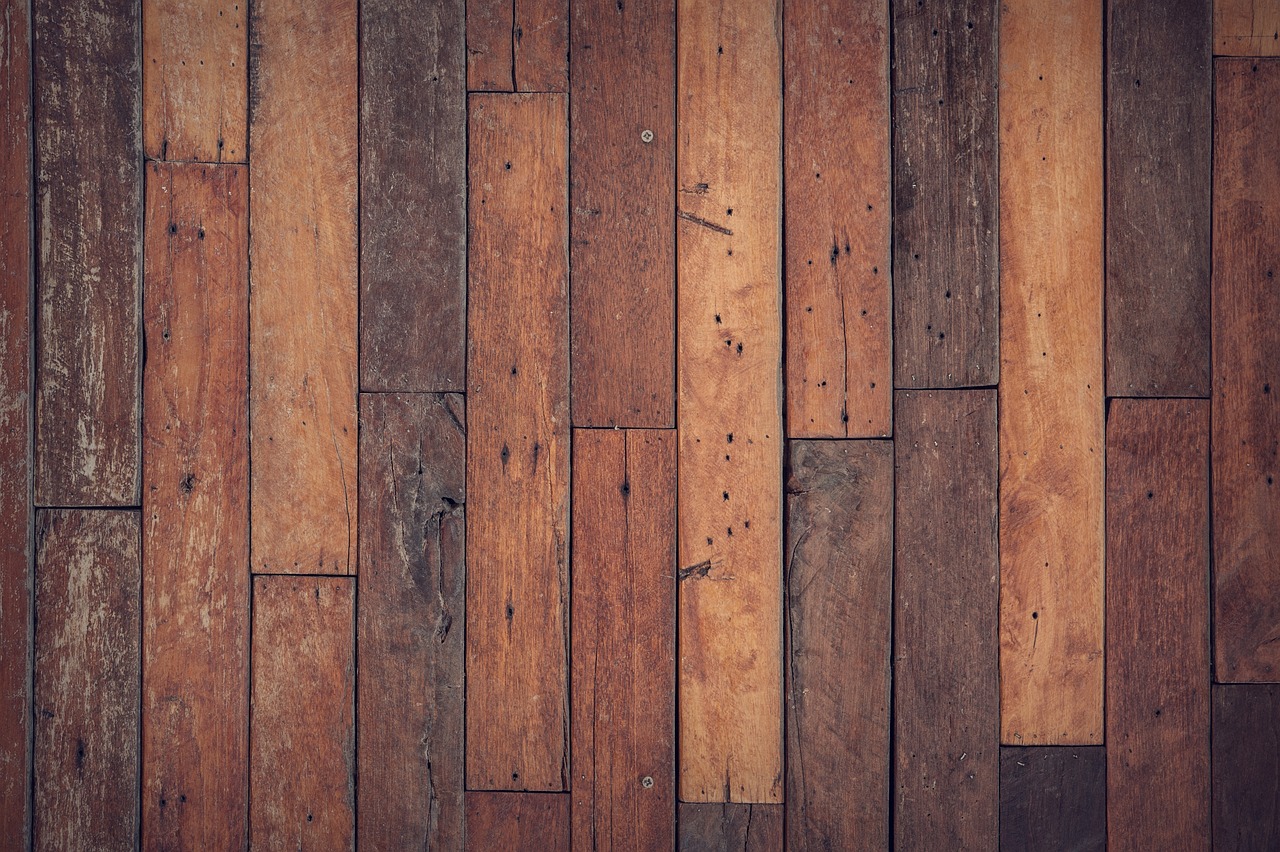VINYL HOUSE: A Kitchen for Dancing
VINYL HOUSEA KITCHEN FORDANCING Breathtaking renovation by husbandand wife team Benjamin Wilkes Studio When design and passion
Table of Contents
ToggleLaying a brick tiled floor can be a challenge in itself and if the brick tiles are reclaimed you need to pay even more attention to the individual tiles and how they look. Below I go over how to lay a brick tile floor.

Before doing anything it is important to dry lay the bricks. You want to make sure the pattern and the style fit your room, as the last thing you want is to lay the bricks and decide it’s not the pattern or style you desire.
A ton of different pattern options are available – depending on the size of the brick anything from a herringbone pattern to a basketweave layout is possible.

Once you have decided on your pattern and style of brick, it is time to lay the tiles. Before doing anything, make sure the area is clean and dust free. Usually, you will lay the brick on a screed floor, for reclaimed bricks, we recommend using a flexible floor tile adhesive (whatever adhesive you use, read the instructions carefully).
Once mixed it is recommended to only lay out a portion at a time so the adhesive doesn’t dry before the tiles are laid. Pour out some of the adhesive and spread with a combed trowel.
Finally, it is time to lay out your tiles. Press the tiles down so they are firmly in place in the position and pattern you desire. Wash away any excess adhesive you find on the top of the tile with a wet sponge before it dries.
Once laid, we recommend sealing your floor before grouting. You can do this either by spray or brush. Allow the sealant to penetrate the surface of the brick and any excess sealant can be wiped away with a sponge. Once sealed, you should leave it overnight, but make sure to read the instructions on your sealant. We strongly recommend a quality sealer as they last much longer.

Once laid, it is time for the grout to be applied. Make sure to always use the same method when grouting to gain uniform results and remove any surplus adhesive on the tiles. Use a grout float or squeegee to work the grout into the gaps without leaving any gaps or holes in the joints. It is important to work the grout well into the gaps to make sure no bubbles are present.
At this stage, it is also important to remove any excess grout from the floor by working your float diagonally across the brick joints while the grout is still fresh. Once the grout has been filled and dried a light dusting will appear on the top of the brick tiles. To remove this use a special grouting sponge to wipe – without any pressure – diagonally across the tiles ensuring you don’t penetrate the joints. Note, it is important to wash and rinse the sponge while wiping away excess grout.
It is important to note here, that cleaning the excess grout away when it is still liquid might wipe away too much. On the other hand, you don’t want to wait too long as once the grout dries completely it will be very hard to wipe away any excess.
Note: we recommend using our range of MUDD grout and adhesives.
Once this is all done and in place. It is important to seal the tiles again. This protects any areas you missed the first time and makes sure your floor is fully sealed.
The whole process of laying a brick floor can be a tough chore, but done right will leave you with a beautiful looking floor that will last a lifetime.




 (no ratings yet)
(no ratings yet)VINYL HOUSEA KITCHEN FORDANCING Breathtaking renovation by husbandand wife team Benjamin Wilkes Studio When design and passion

The immediate colour difference between a dark floor vs. light floor may be evident, but if you’re aiming to create

What are some noteworthy flooring trends in 2024? Sustainability, quiet luxury, and warm tones immediately come to mind. Within each
| Cookie | Duration | Description |
|---|---|---|
| cookielawinfo-checkbox-analytics | 11 months | This cookie is set by GDPR Cookie Consent plugin. The cookie is used to store the user consent for the cookies in the category "Analytics". |
| cookielawinfo-checkbox-functional | 11 months | The cookie is set by GDPR cookie consent to record the user consent for the cookies in the category "Functional". |
| cookielawinfo-checkbox-necessary | 11 months | This cookie is set by GDPR Cookie Consent plugin. The cookies is used to store the user consent for the cookies in the category "Necessary". |
| cookielawinfo-checkbox-others | 11 months | This cookie is set by GDPR Cookie Consent plugin. The cookie is used to store the user consent for the cookies in the category "Other. |
| cookielawinfo-checkbox-performance | 11 months | This cookie is set by GDPR Cookie Consent plugin. The cookie is used to store the user consent for the cookies in the category "Performance". |
| viewed_cookie_policy | 11 months | The cookie is set by the GDPR Cookie Consent plugin and is used to store whether or not user has consented to the use of cookies. It does not store any personal data. |